Rising Demand in Electronics
The Thick Film Resistor Market is experiencing a notable surge in demand, primarily driven by the increasing proliferation of electronic devices. As consumer electronics, automotive applications, and industrial automation continue to expand, the need for reliable and efficient resistors becomes paramount. In 2025, the market for thick film resistors is projected to reach approximately 1.5 billion USD, reflecting a compound annual growth rate of around 5%. This growth is indicative of the broader trend towards miniaturization and enhanced performance in electronic components, where thick film resistors play a crucial role in ensuring circuit stability and reliability. Furthermore, the integration of these resistors in advanced technologies such as IoT devices and smart appliances further propels their demand, solidifying their position in the electronics sector.
Increased Focus on Energy Efficiency
The Thick Film Resistor Market is witnessing a heightened emphasis on energy efficiency, driven by both regulatory frameworks and consumer preferences. As industries strive to reduce their carbon footprint, the demand for energy-efficient components, including thick film resistors, is on the rise. These resistors are known for their low power consumption and high thermal stability, making them ideal for applications in renewable energy systems and energy-efficient devices. In 2025, it is anticipated that the market for energy-efficient electronic components will grow significantly, with thick film resistors playing a pivotal role in this transition. This trend not only aligns with global sustainability goals but also presents opportunities for manufacturers to innovate and develop products that meet the evolving needs of environmentally conscious consumers.
Advancements in Manufacturing Techniques
Innovations in manufacturing processes are significantly influencing the Thick Film Resistor Market. The introduction of advanced printing technologies, such as screen printing and inkjet printing, has enhanced the precision and efficiency of resistor production. These advancements allow for the creation of resistors with tighter tolerances and improved performance characteristics. As of 2025, manufacturers are increasingly adopting automated production lines, which not only reduce costs but also improve product consistency. This shift towards automation is expected to contribute to a more competitive market landscape, as companies strive to meet the growing demands for high-quality thick film resistors. Additionally, the ability to produce resistors in various configurations and sizes caters to diverse applications, further driving market growth.
Expanding Applications in Automotive Sector
The automotive sector is increasingly becoming a key driver for the Thick Film Resistor Market. With the rise of electric vehicles (EVs) and advanced driver-assistance systems (ADAS), the demand for reliable and high-performance resistors is escalating. Thick film resistors are essential in various automotive applications, including power management systems, battery management systems, and electronic control units. As of 2025, the automotive industry is projected to account for a significant share of the thick film resistor market, driven by the need for components that can withstand harsh operating conditions while ensuring optimal performance. This trend underscores the importance of thick film resistors in supporting the transition towards more sophisticated and efficient automotive technologies.
Growth in Telecommunications Infrastructure
The Thick Film Resistor Market is benefiting from the ongoing expansion of telecommunications infrastructure. As the demand for high-speed internet and advanced communication technologies continues to rise, the need for reliable electronic components, including thick film resistors, is becoming increasingly critical. These resistors are integral to various telecommunications applications, such as signal processing and power distribution. In 2025, the telecommunications sector is expected to invest heavily in upgrading and expanding its infrastructure, which will likely drive the demand for thick film resistors. This growth presents opportunities for manufacturers to develop innovative solutions that cater to the specific needs of the telecommunications industry, thereby enhancing the overall performance and reliability of communication systems.

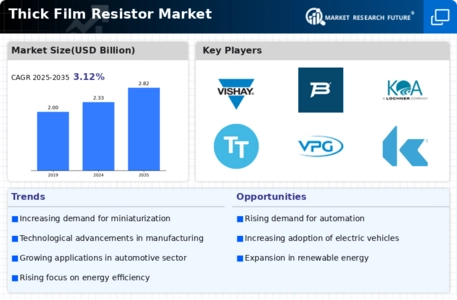
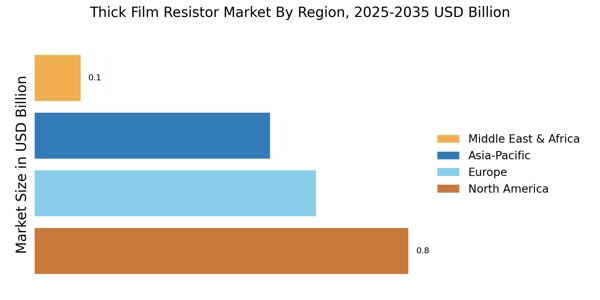

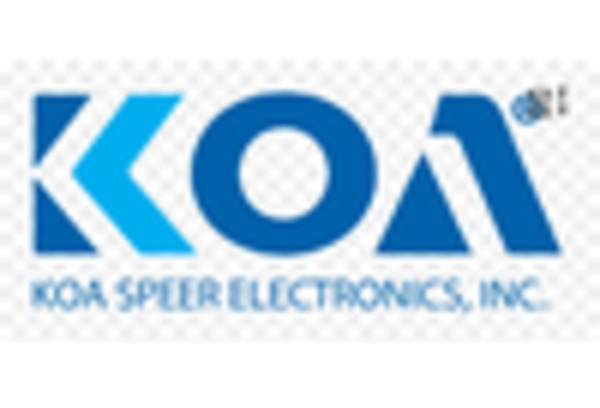
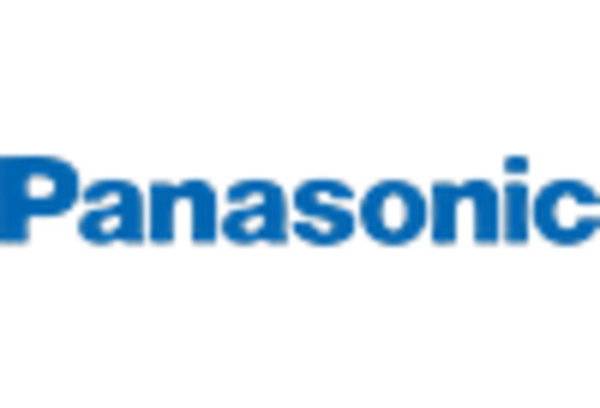
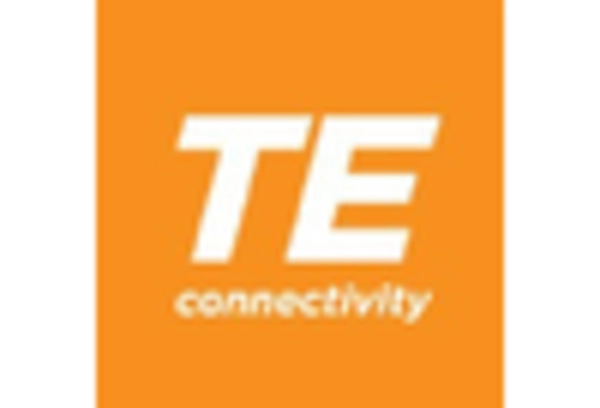
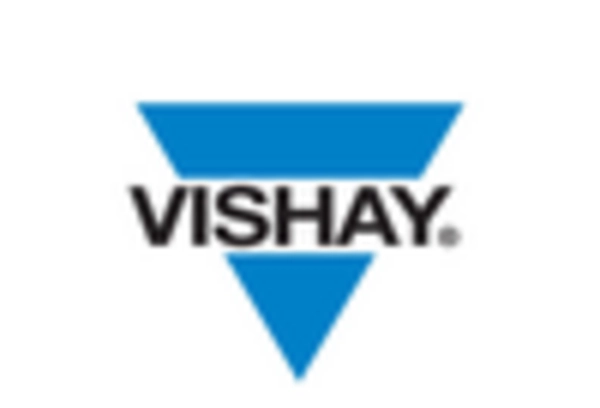
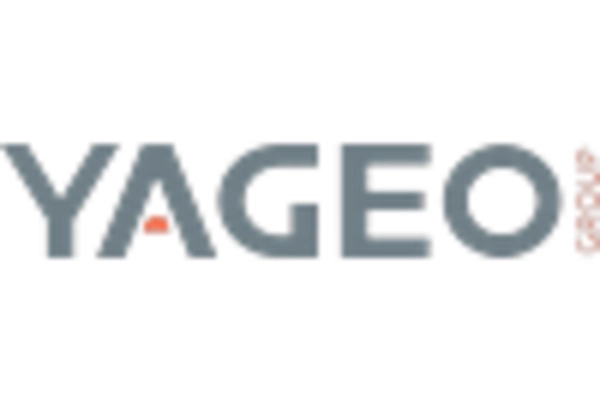








Leave a Comment